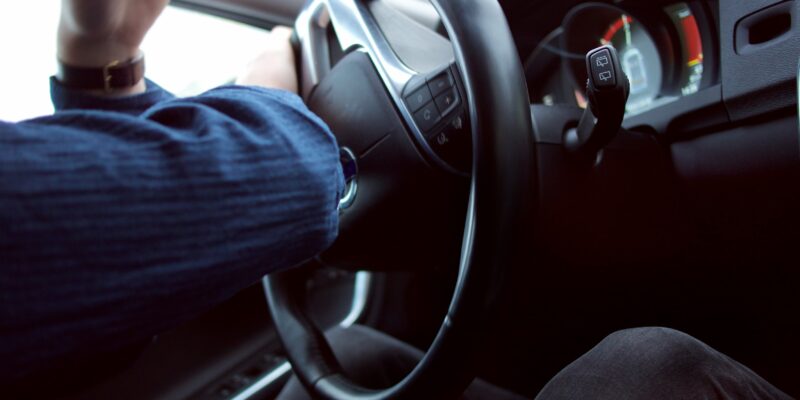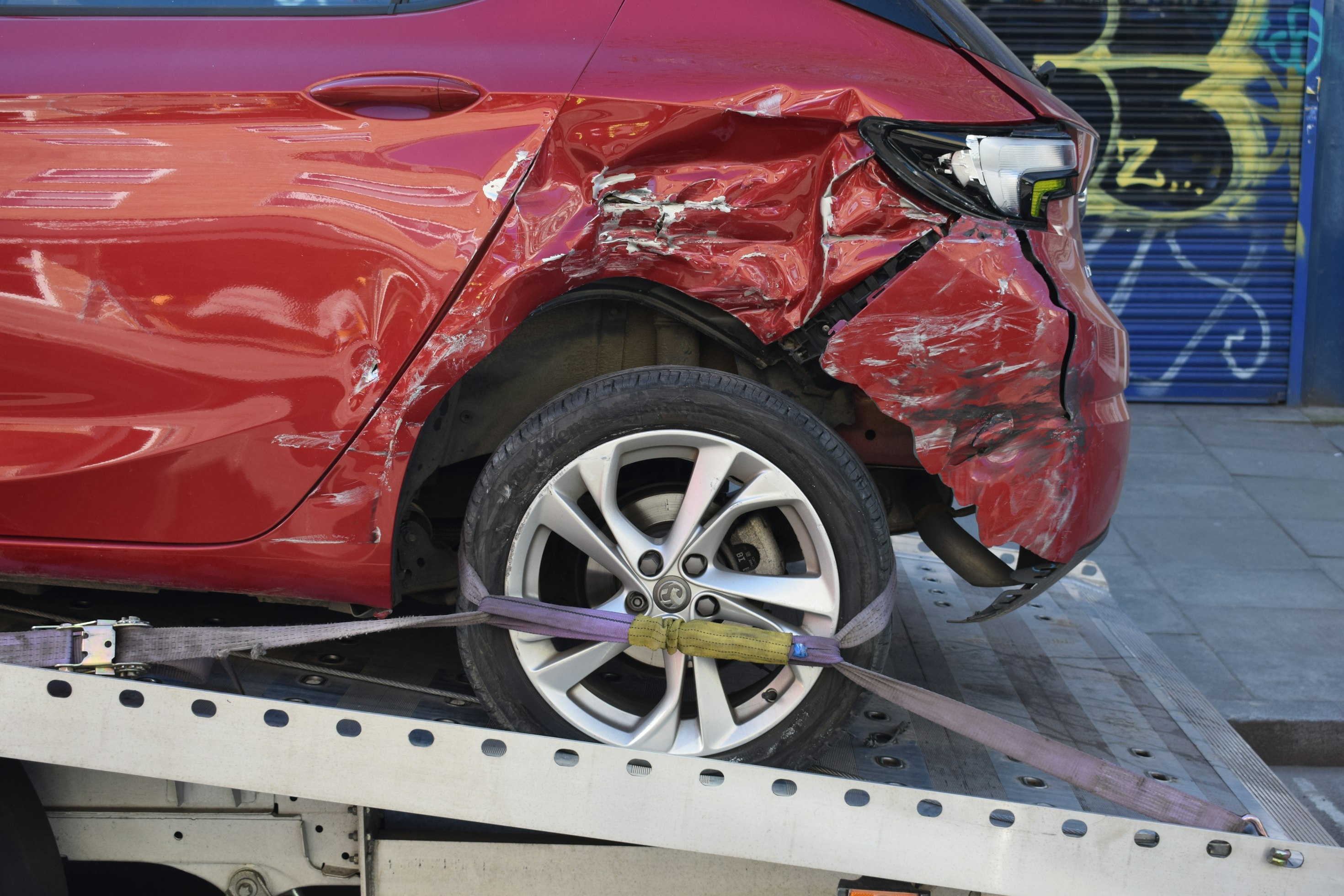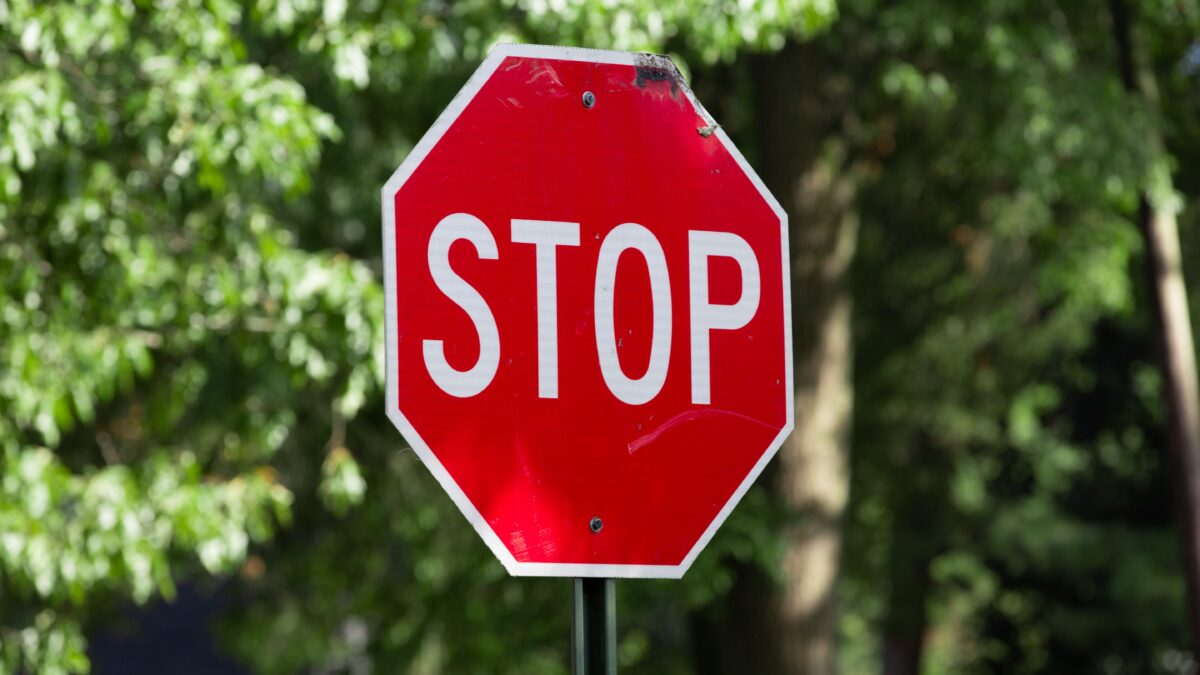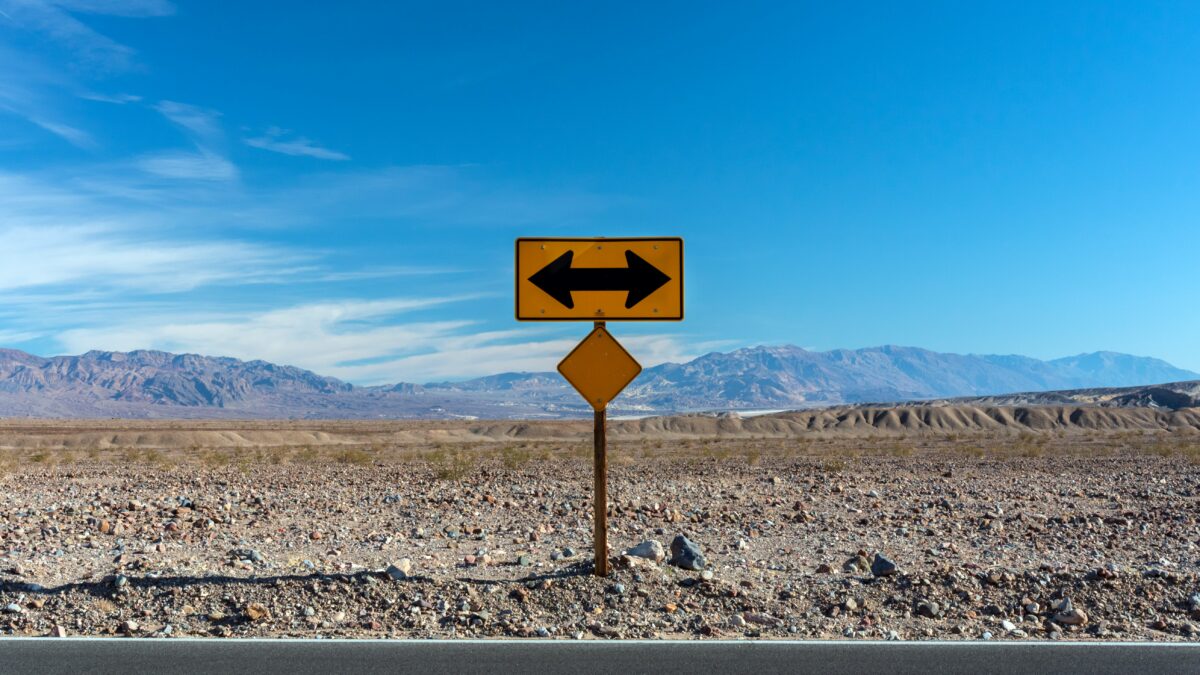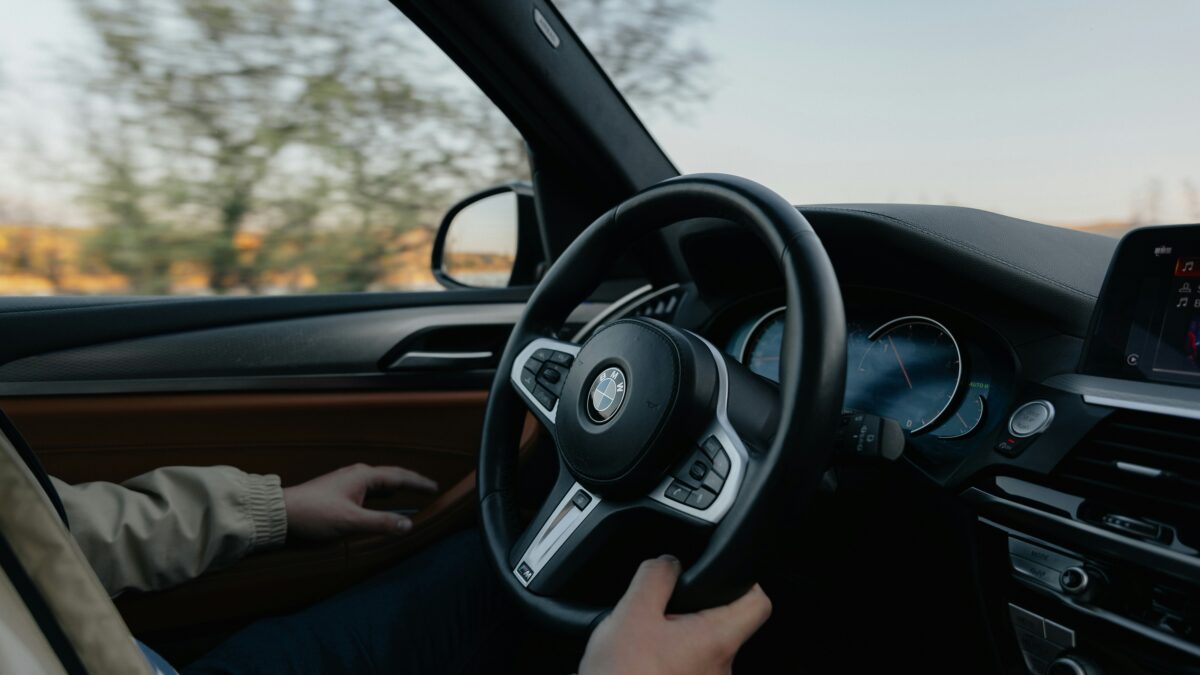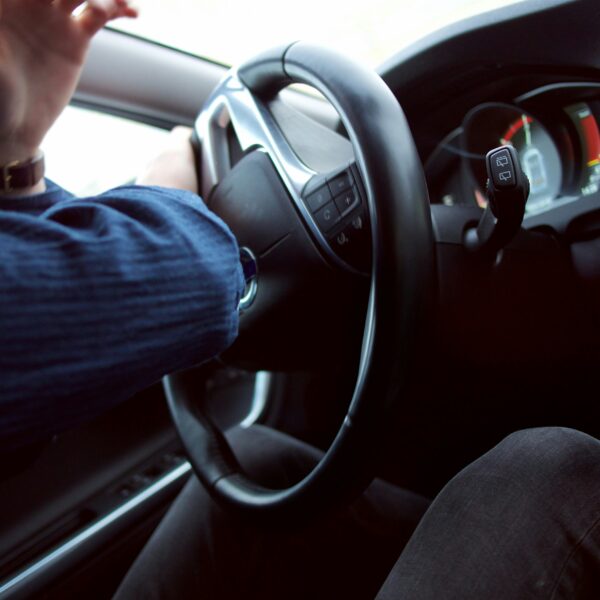What Is The Most Basic Car Insurance?
Like a well-worn seatbelt or a trusty spare tire, car insurance quietly stands by, ready to swoop in and save the day when life’s unexpected detours occur. Without it, our financial worries would stack up quickly, causing even greater stress on top of the repairs and/or injuries that typically follow. Regardless of the vehicle you drive, car insurance is essential. So, let’s explore the basic car insurance coverage options that are crucial in times of need.
Basic car insurance coverage that every driver needs
Similar to health and life insurance, auto insurance comes with a range of options designed to fit your unique needs. While the most basic coverage includes liability insurance, which protects you from financial responsibility for injuries and property damage to others in accidents you’re found at fault, there are additional layers of protection you can consider. However, we’ll touch on that more shortly.
As stated, the most basic car insurance that one can have is liability coverage, which is often required by law in most states and countries. Liability coverage helps pay for injuries or property damage that you may cause to others in an accident where you are at fault. It consists of two main components:
- Bodily Injury Liability (BIL): This coverage pays for the medical expenses, rehabilitation costs, and sometimes even legal fees if you injure someone else in a car accident.
- Property Damage Liability (PDL): This coverage helps pay for repairs to the other person’s vehicle or property that you may damage in an accident.
The specific minimum coverage requirements for liability insurance can vary from one jurisdiction to another. Each state or country sets its own minimum coverage limits that drivers must carry, and these limits can vary widely. It’s important to check your local laws to determine the minimum requirements in your area.
Other common types of auto insurance
Keep in mind that while liability insurance provides basic coverage for damage you cause to others, it doesn’t cover damage to your own vehicle or injuries to yourself or your passengers. To protect your own vehicle and well-being, you may want to consider additional coverage options such as:
- Collision Coverage: This covers damage to your vehicle in the event of an accident, even no-fault accident.
- Comprehensive Coverage: This covers damage to your vehicle from non-collision incidents, such as theft, vandalism, natural disasters, or hitting an animal.
- Personal Injury Protection (PIP): This covers medical expenses for you and your passengers, regardless of fault.
- Uninsured/Underinsured Motorist Coverage: This protects you if you’re involved in an accident with a driver who has insufficient or no insurance.
The level of coverage you choose beyond the basic liability insurance will depend on your individual circumstances, the value of your vehicle, and your risk tolerance. It’s important to carefully consider your insurance needs and budget when selecting coverage for your car. Additionally, some lenders or leasing companies may require you to have more than just liability coverage if you’re financing or leasing a vehicle.
FAQS
-
What happens if I’m involved in an accident?
If you’re in an accident, you should first ensure everyone’s safety and then exchange information with the other driver(s). You should also report the accident to your insurance company as soon as possible. Your insurer will guide you through the claims process.
-
Is car insurance coverage the same in every state or country?
No, car insurance requirements and regulations vary by state and country. It’s essential to understand the specific requirements in your jurisdiction.
-
Can I add other drivers to my insurance policy?
Yes, you can typically add family members or other drivers to your policy, but it may affect your premium. Be sure to inform your insurance company about all drivers who regularly use your vehicle.
-
What happens if I let my car insurance lapse?
Allowing your car insurance to lapse can lead to consequences such as fines, higher future premiums, or even the suspension of your driver’s license, depending on your jurisdiction. It’s crucial to maintain continuous coverage.
-
What are deductibles, and how do they work?
A deductible is the amount you must pay out of pocket before your insurance coverage kicks in. Higher deductibles typically result in lower premium costs, while lower deductibles mean higher premiums.
Choose the coverage that’s right for you
When it comes to auto insurance, selecting the coverage that’s right for you is not a one-size-fits-all decision. Your choice should reflect your unique needs, budget, and risk tolerance. Some may opt for minimum liability coverage to meet legal requirements, while others may want comprehensive protection that covers a wide range of scenarios. It really comes down to your state’s requirements, but more importantly your safety.
Assess several factors like your vehicle’s value, your driving habits, and your location to determine the level of coverage that provides peace of mind without breaking the bank. By customizing your coverage to suit your unique situation, you can drive with confidence, knowing you have the right protection in place should unexpected challenges arise on the road






